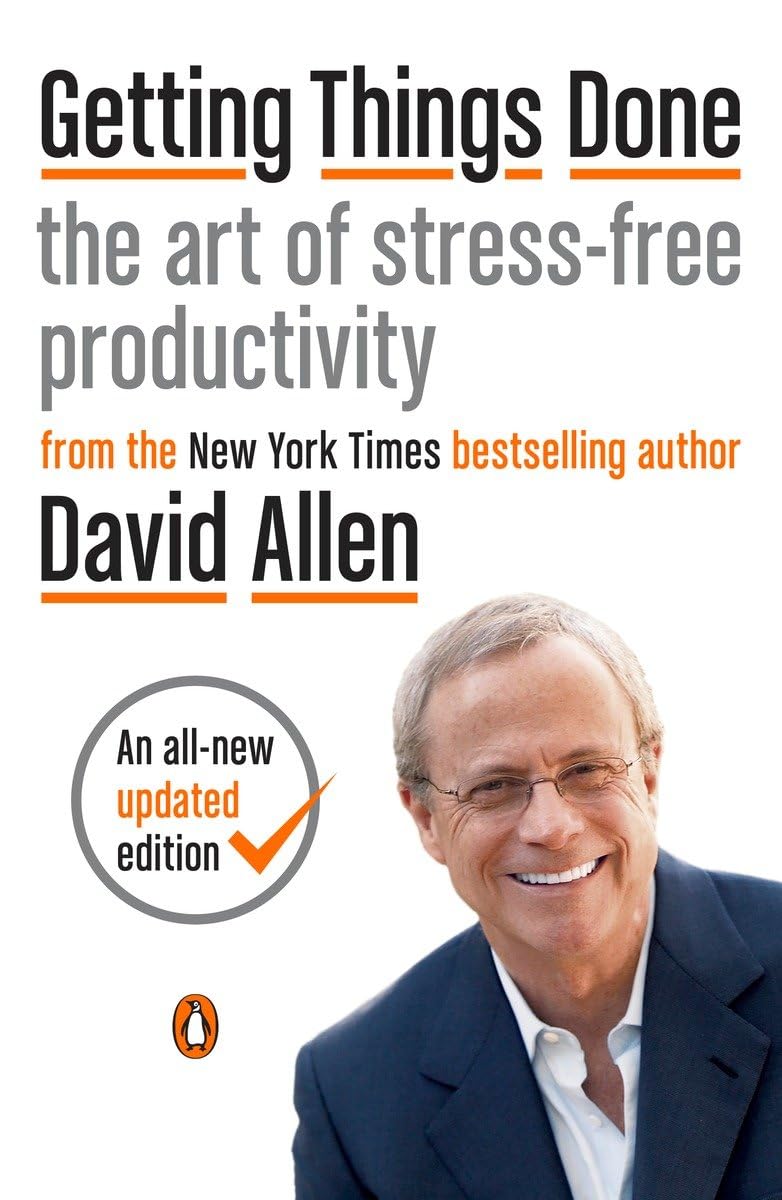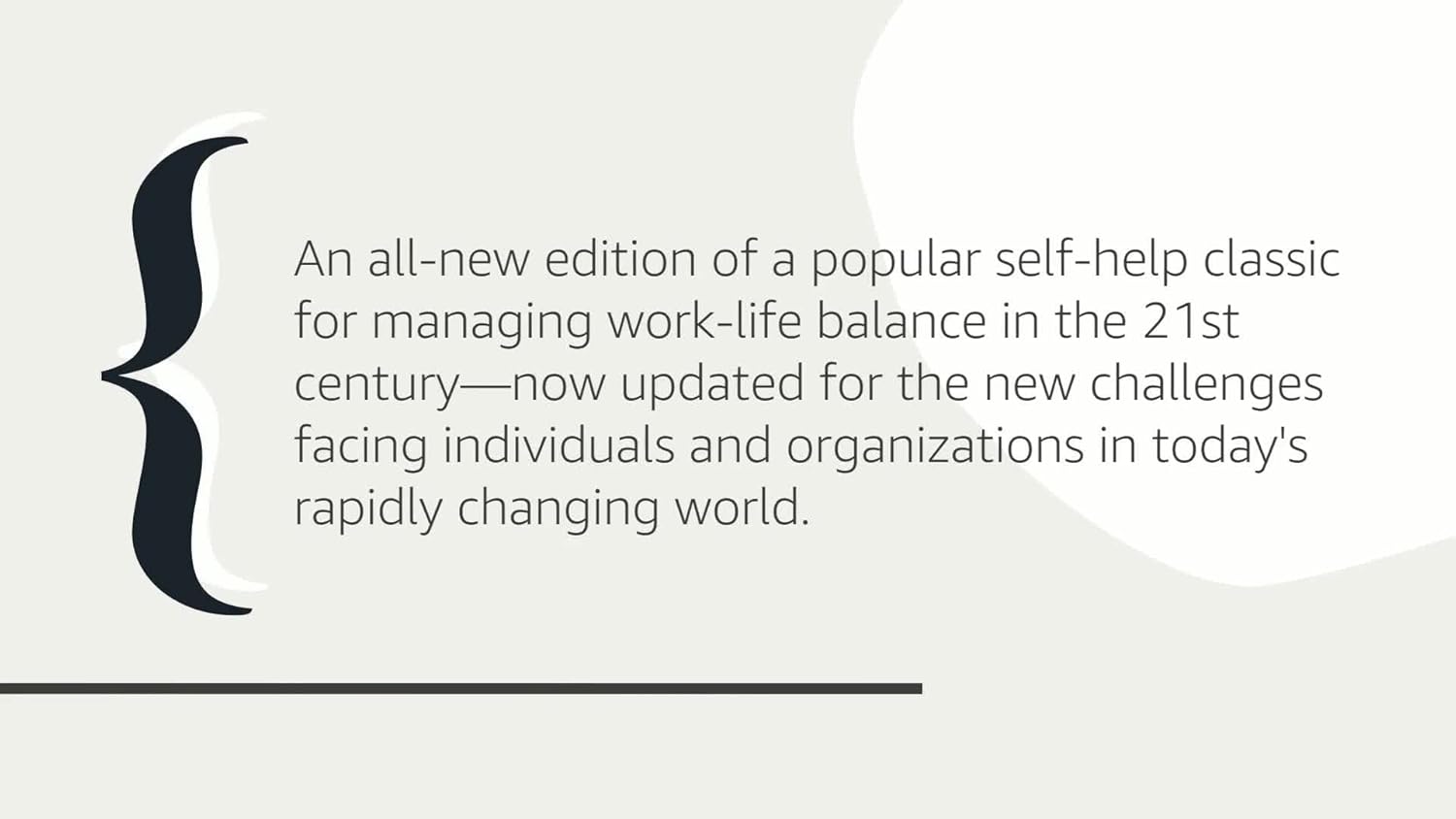I recently finished reading David Allen’s Getting Things Done: The Art of Stress-Free Productivity, and I must say, it has reshaped my approach to time management and organization. As someone deeply invested in personal development and productivity strategies, I stumbled across this book while searching for effective ways to manage my bustling life. Readers have lauded it as the “Bible of business and personal productivity,” and with that reputation, I simply had to dive in.
Getting Things Done has earned a spot as one of the most influential business books of our time, renowned for its comprehensive take on personal organization and productivity. Allen has gone through and refreshed this edition, including critical insights about the evolving workplace and how technology interplays with our productivity.
There are certainly many highlights I found compelling. First, I appreciated the clarity with which Allen presents the GTD (Getting Things Done) methodology. The book is structured around five key activities: capture, clarify, organize, reflect, and engage. This breakdown not only makes the content digestible but also actionable. For example, Canadian eReader mentioned how GTD helps clear mental clutter, allowing individuals to focus on creativity rather than getting bogged down by tasks. I found this particularly enlightening; as I began implementing these techniques, I could feel a weight lifting off my shoulders.
Another aspect that greatly impressed me was the comprehensiveness of the advice given. Allen doesn’t just scratch the surface; he delves into the psychology behind task management. This aligns with the thoughts expressed by Simple Citizen, who noted that this book pushed them to make significant changes in their life. I found myself re-evaluating how I categorize and prioritize my tasks in a way that feels sustainable and satisfying.
However, the book isn’t without its drawbacks. Some readers, including ACR, pointed out that while the book’s principles are solid, it may lean towards being more suitable for business owners than the average person. I can see where they’re coming from; regardless of my enthusiasm for the concepts, I sometimes struggled to see how they could fit into my day-to-day life, especially in areas unrelated to my work. Additionally, there were moments when I felt certain sections could have been more concise, as they occasionally felt repetitive.
Moreover, the implementation of these methods has its own learning curve. While the techniques are simple to grasp, I found that actually putting them into practice could be challenging. As noted in various reviews, the clarity of the concepts sometimes clashes with the real-world complexity of busy lives. For someone just starting out, it might feel a bit overwhelming—like drinking from a fire hose.
Nevertheless, I found that the time I dedicated to this book was incredibly rewarding. The principles presented are timeless and flexible enough for adaptation to fit personal preferences. As I began to employ the five activities of GTD into my routine, I saw steady improvements in how I organized my thoughts and tasks.
In conclusion, I would highly recommend Getting Things Done to anyone looking to enhance personal productivity, especially those whose lives have become a whirlwind of responsibilities and commitments. While it might not thrive in every environment, the insights provided can be tremendously powerful if you take the time to adapt them to your own context. If you find your life feels a bit chaotic or that your mental space is cluttered, this book could be the catalyst for positive change that you need.
My overall rating for Getting Things Done: The Art of Stress-Free Productivity is 4.5 out of 5 stars. It’s a thoughtful read that packs a punch, with more than enough practical wisdom to transform the way you approach your day-to-day tasks.








